August 1, 2025 | 15:29 GMT +7
August 1, 2025 | 15:29 GMT +7
Hotline: 0913.378.918
August 1, 2025 | 15:29 GMT +7
Hotline: 0913.378.918
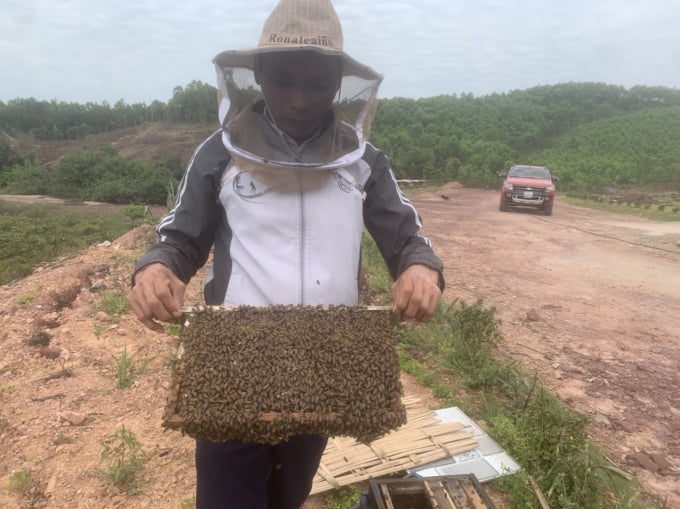
As one of the pioneers in developing a model of beekeeping based in mangroves, Mr. Pham Van Tuan said that his father made him familiar with beekeeping from a young age. Anh: Nguyen Thanh.
Mr. Pham Van Tuan (Van Don district, Quang Ninh) has developed beekeeping by taking advantage of natural conditions. It is the first model in Quang Ninh province of commercial beekeeping based in mangroves.
Besides bringing a stable income, this model of natural beekeeping in Dai Xuyen commune, Van Don district, is also of great significance in protecting the environment of nearly 500 hectares of mangroves there.
The coastal mangrove forest of Van Don district is covered with the scent of millions of mangroves, tigers, and parrots. It is an abundant "food" source allowing bees to find honey in a natural environment, because mangroves are not affected by chemicals or pesticides.
Tuan often followed his father to care for the bees and was trained in beekeeping. With the determination to pursue his father's profession, he visited and learned about beekeeping models in many places throughout Quang Ninh province.
According to Mr. Tuan, compared to other livestock, beekeeping is difficult because it depends on nature and full understanding of the applied technical procedures. Capturing the ideal conditions of summer, when mangroves, tigers, and parrots are burst with life, he has placed 100 colonies of bees close to the mangroves so that the bees have an ideal growing environment. On average, a swarm of Mr. Tuan's bees can yield 5-6 liters of natural honey per year. With an average price of over VND 400,000 per liter, the income from selling honey is enormous.
Sharing more about the symbiotic relationship between mangroves and bees, Mr. Tuan said that farmers need to work for mangrove forest protection in parallel with beekeeping for honey, to bring about long-term and sustainable economic efficiency.
"Taking care of bees is like taking care of mangroves; in other words, beekeepers must be like a ranger. Beekeepers do not base on the advantages of available coastal mangrove forests. Also, flowers in the mangrove only bloom once a year, so the taste and color of the honey here are always unique and delicious," Mr. Tuan said.

The mangroves in Dai Xuyen have very diverse vegetation, with many species of flowers in bloom, so beekeeping along the mangroves always gives honey a natural quality. Photo: Nguyen Thanh.
According to Mr. Tuan, if you want to know the quality of honey, just put a bottle of honey in the freezer. If after a few days the honey does not solidify, it is good honey. "Beekeeping is hard work, but the income is stable and does not affect the surrounding environment. To develop beekeeping, the awareness of mangrove protection needs to be raised," Mr. Tuan said. He will introduce honey raised in mangroves as a local OCOP product in the near future.
From April to July the flowers in the mangroves are in full bloom, and this is also the season when bees produce the most honey. Next to the mangroves are also pristine forests that are always filled with wildflowers for the bees to have more food, especially when the flowers are out of season.
In addition to economic benefits, beekeeping for honey in Dai Xuyen commune also contributes to protecting the biodiversity of plant species and protecting the coastal ecological environment.
Quang Ninh Department of Agriculture and Rural Development said that the province currently has more than 36,000 hectares of saline land. The area of mangroves is over 22,000 hectares, widely distributed across the estuary and coastal regions in many localities such as Mong Cai, Tien Yen, Quang Yen and Van Don. Since 2015 the whole province has also planted more than 4,000 hectares of mangroves, accounting for more than 70% of the alluvial area that can be planted with mangroves.
Translated by Ha Phuc
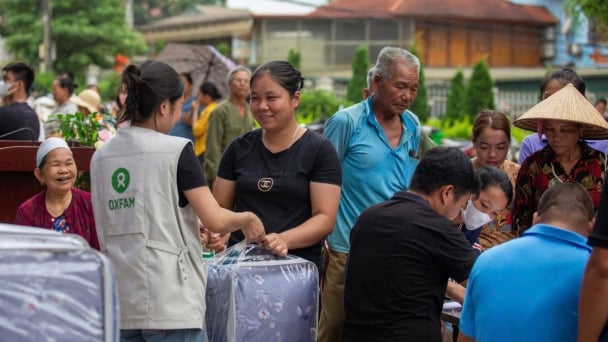
(VAN) On July 30, the Phu Tho Provincial Women's Union, in collaboration with Oxfam, organized a workshop to summarize the 2024 Project on Post-Typhoon Yagi Recovery.
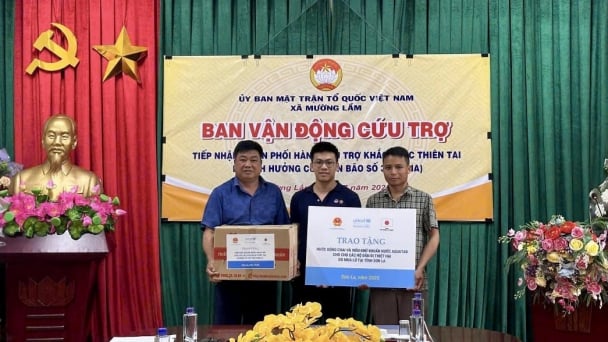
(VAN) UNICEF, in coordination with the Ministry of Agriculture and Environment, provided timely clean water support to residents in Son La and Nghe An affected by Typhoon Wipha.
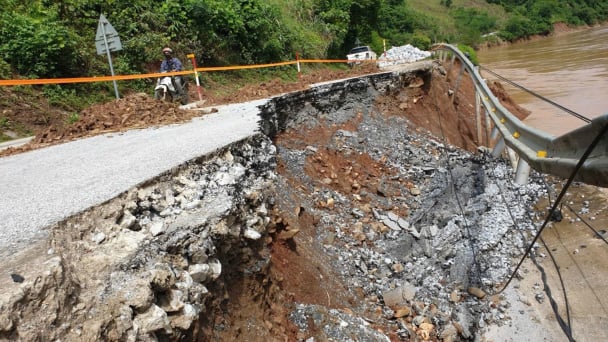
(VAN) According to Standing Office of the Steering Committee for Disaster Prevention, Search and Rescue, and Civil Defense of Nghe An, the province has incurred flood-related damages totaling nearly 3.4 trillion VND.
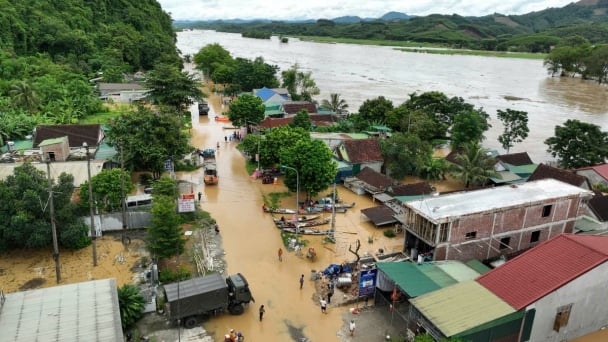
(VAN) According to the World Meteorological Organization (WMO), Vietnam is a suitable location for the establishment of the Flash Flood Warning Center and the Southeast Asia Hazardous Weather Forecasting Center.
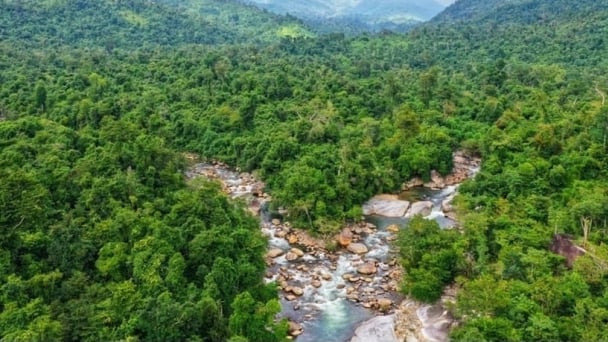
(VAN) The Management Board of Ninh Hoa-Van Ninh Protection Forest is inviting qualified and enthusiastic organizations and individuals to participate in leasing forest environments for eco-tourism development.
![Conservation at Yok Don National Park: [2] Efforts to preserve biodiversity](https://t.ex-cdn.com/nongnghiepmoitruong.vn/608w/files/chiqk/2025/07/30/3244-3-phoi-hop-tuan-tra-cung-nguoi-dan-bvrjpg-nongnghiep-093235.jpg)
(VAN) Yok Don National Park is managing nearly 111,000 hectares of natural forest, including over 2,563 hectares of rich forest and nearly 34,220 hectares of medium-density forest.
![Opening the hairy crab farming industry: [2] Reasons behind frequent failures](https://t.ex-cdn.com/nongnghiepmoitruong.vn/608w/files/tuongdt/2025/07/25/5743-dsc_6555_1-215036_670.jpg)
(VAN) From his experience raising ca ra (hairy crabs) in Tu Ky (Hai Phong), and through learning farming technology in China, Mr. Van has come to understand many crucial lessons.